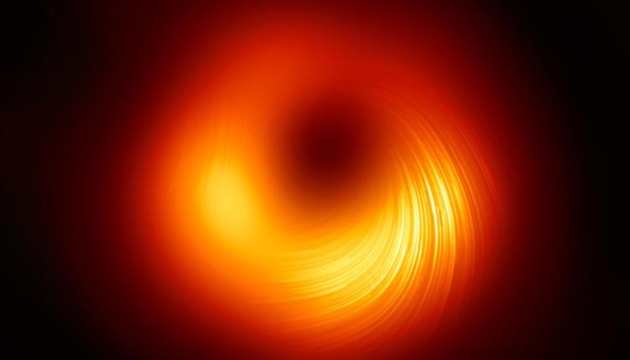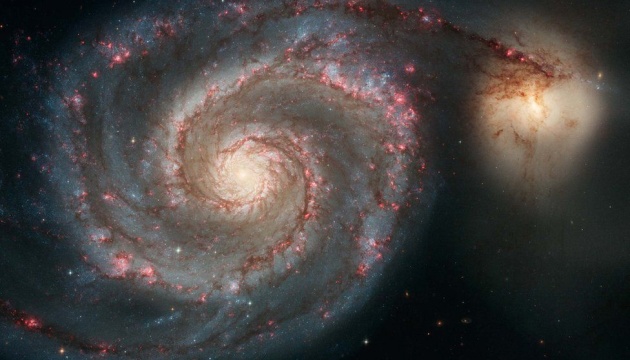Astronomers have discovered the largest stellar black hole in the Milky Way, which was formed as a result of the explosion of a star just 2,000 light-years from Earth.
Researchers have discovered a black hole in the latest data set collected by the European Space Agency’s Gaia mission. During the analysis of the data, a clear oscillation of one of the stars in the constellation Eagle, which is visible in the summer sky in the northern hemisphere, was noticed. The movement indicated that the star was being pulled around by a black hole 33 times more massive than the Sun. Further observations using the large telescope of the European Southern Observatory in the Chilean Atacama desert confirmed the mass of the black hole and the orbit of the star, which revolves around it once every 11.6 years.
“Only the central black hole in the Milky Way is more massive than this,” said Dr Pasquale Panuzzo, an astronomer and member of the Gaia team at the Paris Observatory.
Measurements of the companion star showed no signs that the black hole had material ejected during the stellar explosion, suggesting that it formed long before it captured the companion star in its powerful gravitational field.
Stellar black holes are formed when massive stars collapse at the end of their lives. Dozens of them have been discovered in the Milky Way, most of them weighing about 10 times the mass of the Sun. The most impressive black hole in the Milky Way, Sagittarius A, has a combined mass of several million Suns. It is hidden in the very heart of the galaxy and was not formed from the explosion of a star, but as a result of the collapse of huge clouds of dust and gas.
100-meter stellar black holes may exist in the Milky Way, but despite their enormous mass and the powerful forces they generate, they can be extremely difficult to detect. “Most of them don’t have stars orbiting them, so they’re almost invisible to us,” Panuzzo said.
The next tranche of Gaia data is not due to be published until the end of 2025, but the importance of the discovery has prompted the international team to release details about the black hole early so astronomers can study it immediately.
As reported by Ukrinform, an international group of astronomers discovered a quasar with a black hole inside, which is growing so fast that it absorbs the equivalent of one Sun per day.



